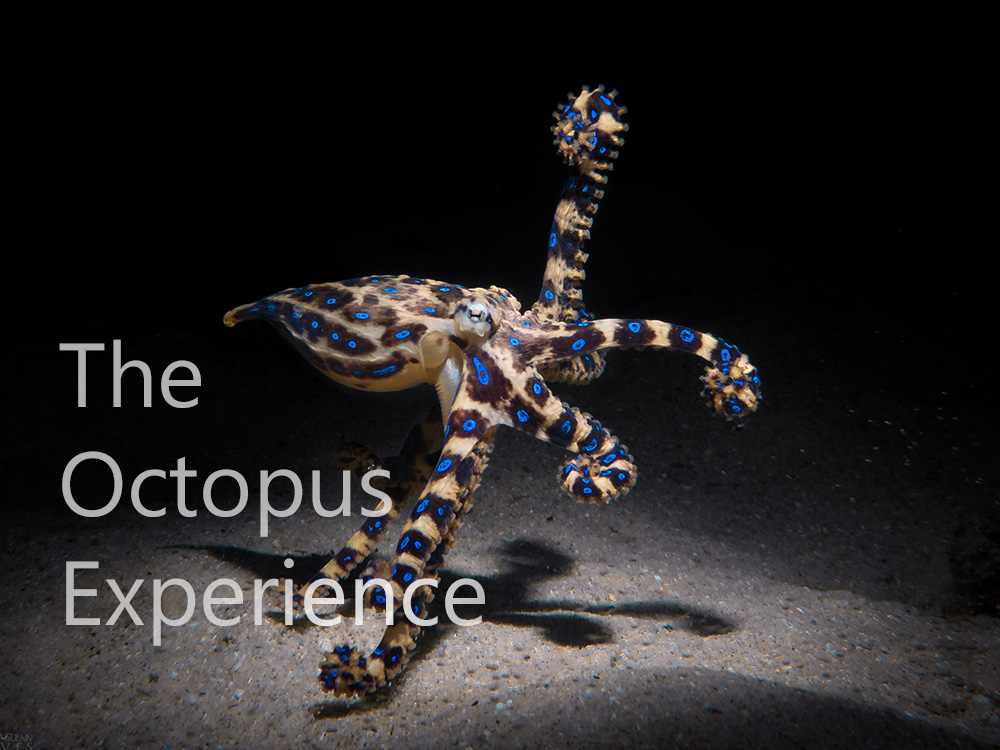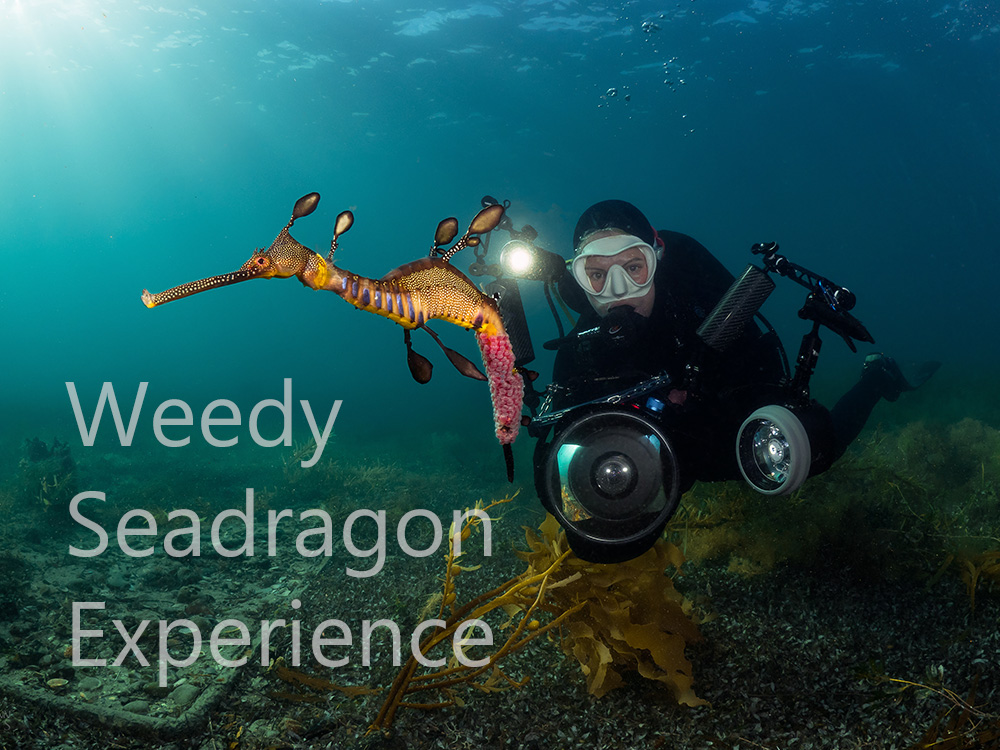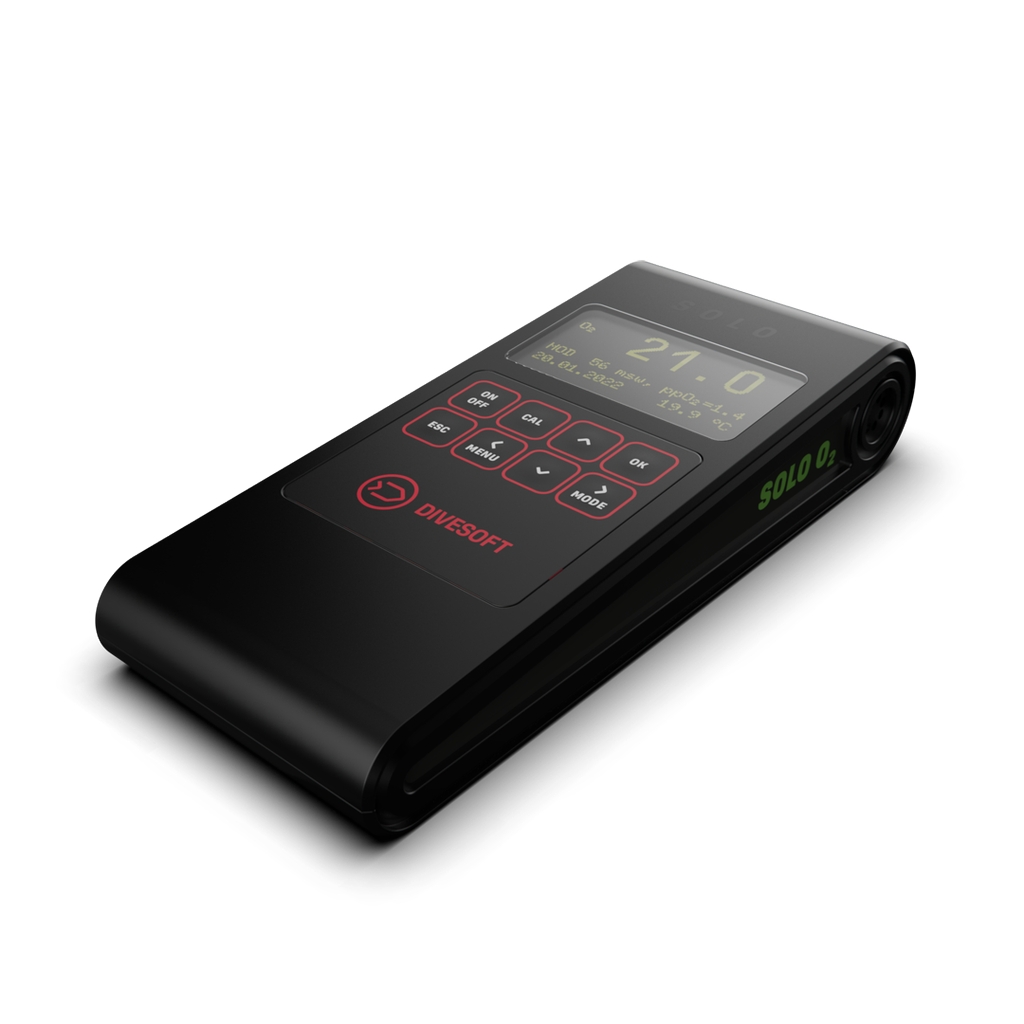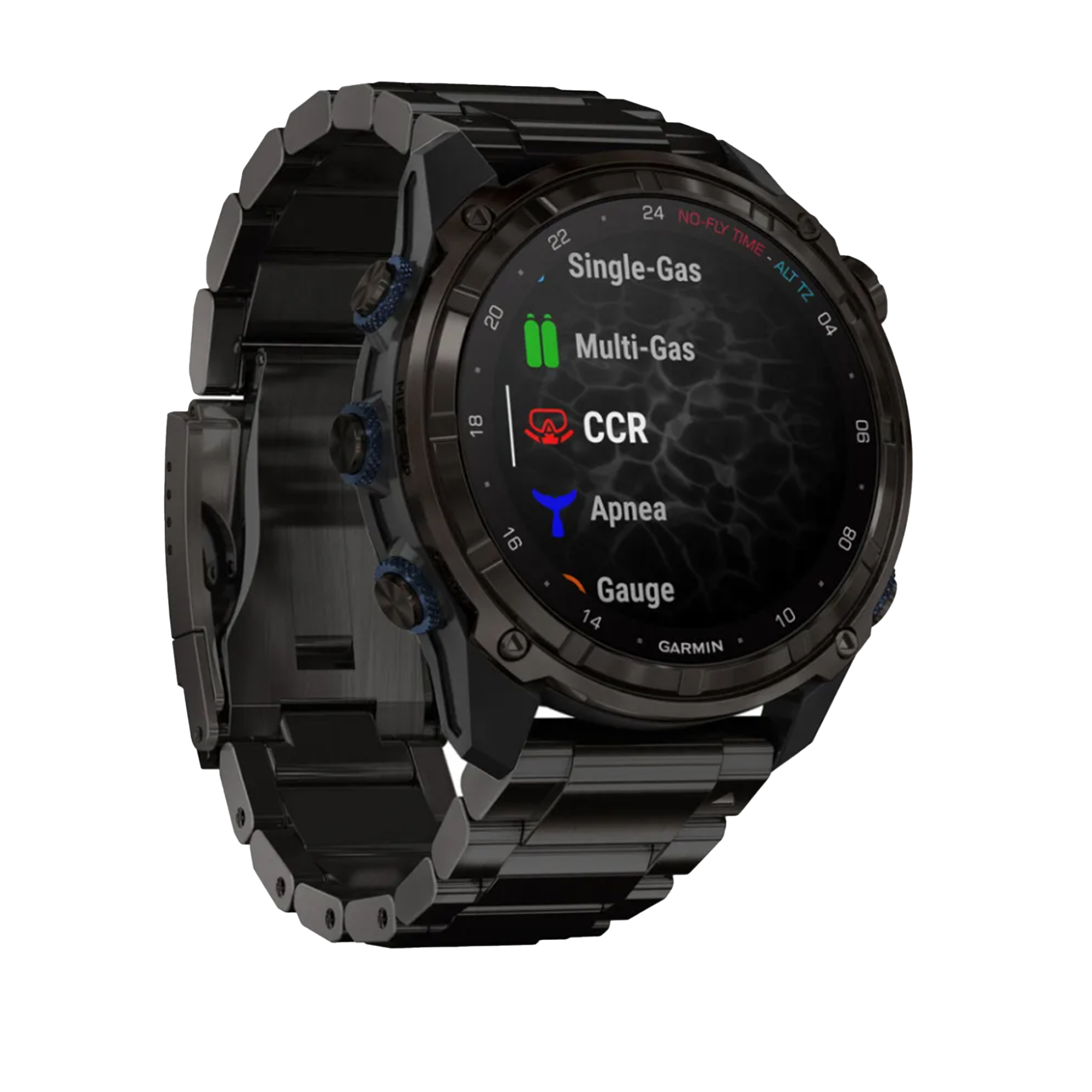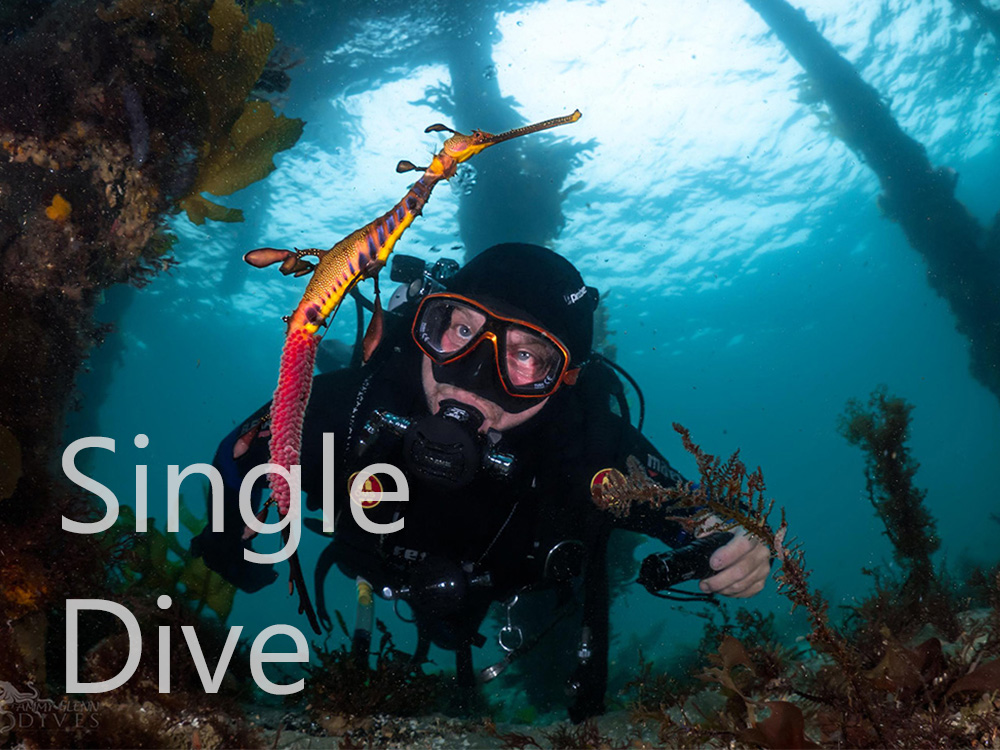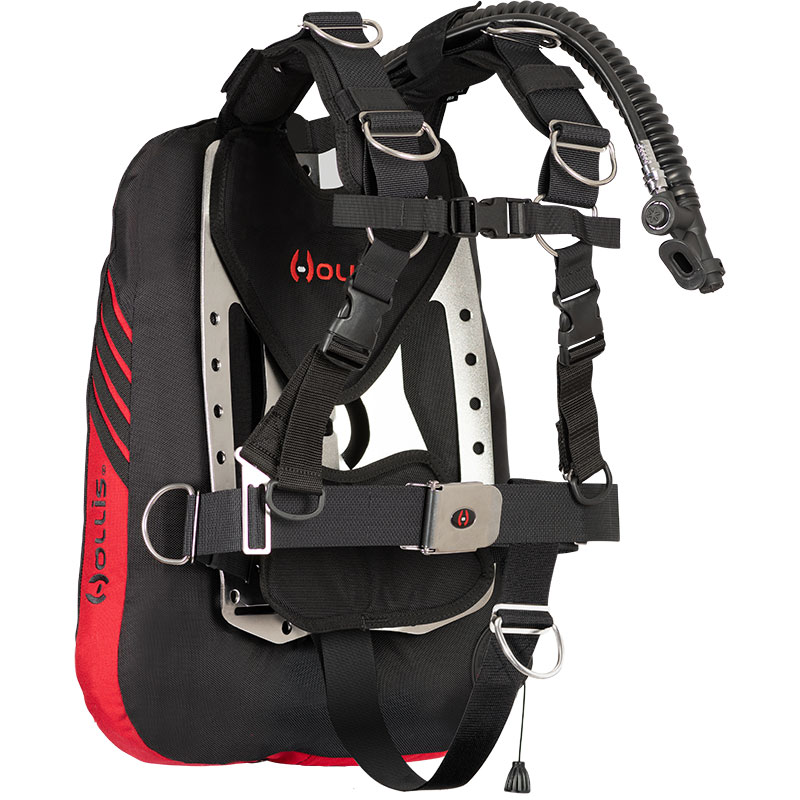Navigation
The Scuba Doctor offers a large variety of manifolds and gas switch blocks for recreational, technical, rebreather, sidemount and commercial diving applications.
Warning
Every time we sell a manifold or switch block, we shudder a little bit. The gas switch block is used in primarily by hookah surface supply divers to switch from surface supply to emergency bailout gas. Manifolds are primarily used in gas distribution systems. But the key here is that there are not different gas mixtures involved.
Unfortunately divers sometimes get the idea to match these products up with multiple cylinders and/or or quick disconnects to create some type of elaborate system for rapid switching between different gas mixtures and/or cylinders. Gas switching errors are very often involved in technical diving accidents. Over the years we've learned about several near misses and fatalities that were directly attributable to mistakes with switch blocks that were connected to different gas mixtures. No matter how careful the diver, or how many safeguards, we think using switch blocks with different mixtures is a very bad idea.
The Blowhole, Flinders
![]() Shore Dive |
Shore Dive | ![]() Shore access
Shore access
![]()
![]()
![]()
![]()
![]()
![]()
![]()
![]()
Depth: 3 m (9.84 ft) to 11 m (36 ft)
Level: Advanced Open Water and beyond
The Blowhole, Flinders dive site lies on the southern coast of the Mornington Peninsula, between Cape Schanck (to the west) and West Head (to the east), Flinders. The site faces south into Bass Strait.
A cave cuts through the headland at sea level and in big seas creates an impressive blowhole. Reefs and bommies lie off the headland and to either side along the shore where the depths get to 11 metres. The whole area is very exposed to southerly swells. Very calm conditions are required for safe diving. When conditions permit you can explore the coastline to the east and west of The Blowhole.
Location: Flinders, Victoria 3929
MELWAY Ref: Page 261 D11
Parking: There is a car park at the end of Blowhole Track, south off Boneo Road (C777) opposite Razorback Road.
Entry/Exit: You can enter and exit the water either from the small craggy bay on the eastern side, or from the more sheltered area on the western side of the headland.
Ideal Conditions:
The sea needs to be flat with no swell. Light north-westerly to north-easterly winds are okay. See WillyWeather (Flinders Ocean Beach) as a guide for the tide times and the height of the tide.
See also, Parks Victoria: The Blowhole, and
The Blowhole in "Shore Dives of Victoria" by Ian Lewis, 3rd edition pages 126–127.
Divers have the opportunity to catch Abalone at this dive site. Remember your catch bag, legal abalone tool, current Victorian Recreational Fishing Licence, and abalone measure. Please abide by all current fishing regulations if you intend to catch abalone.
See article-catching-abalone for practical abalone hunting advice from The Scuba Doctor, plus melbourne-abalone-dives for a list of other Abalone dive sites near Melbourne.
Divers have the opportunity to catch Southern Rock Lobster (aka Crayfish) at this dive site. Remember your catch bag, current Victorian Recreational Fishing Licence, rock lobster measure, and cray tags. Once you get back to the dive boat, or shore, make sure you clip the tail and tag your Crayfish as per Fisheries requirements. Please abide by all current fishing regulations if you intend to catch crays. See article-catching-crayfish for practical cray hunting advice from The Scuba Doctor, plus melbourne-cray-dives for a list of other crayfish dive sites near Melbourne. For tips on cooking your Crays, please see article-cooking-crayfish.
Back Beach Warning: Always keep an eye on sea conditions throughout any dive on the Back Beaches of the Mornington Peninsula. Please read the warnings on the web page diving-the-back-beaches before diving or snorkelling this site.
Traditional Owners — This dive site is in the traditional Country of the Boon Wurrung / Bunurong people of the Kulin Nation. This truly ancient Country includes parts of Port Phillip, from the Werribee River in the north-west, down to Wilson's Promontory in the south-east, including the Mornington Peninsula, French Island and Phillip Island, plus Western Port. We wish to acknowledge the Boon Wurrung as Traditional Owners. We pay respect to their Ancestors and their Elders, past, present and emerging. We acknowledge Bunjil the Creator Spirit of this beautiful land, who travels as an eagle, and Waarn, who protects the waterways and travels as a crow, and thank them for continuing to watch over this Country today and beyond.
The Blowhole, Flinders Location Map
Latitude: 38° 29.101′ S (38.485013° S / 38° 29′ 6.05″ S)
Longitude: 144° 59.434′ E (144.990563° E / 144° 59′ 26.03″ E)
Datum: WGS84 |
Google Map
| Get directions
Added: 2012-07-22 09:00:00 GMT, Last updated: 2022-04-05 10:13:57 GMT
Source: Google Earth
Nearest Neighbour: Lady Face Point, 1,842 m, bearing 250°, WSW
Flinders, Back Beaches, Mornington Peninsula.
Depth: 3 to 11 m.
[ Top ]
DISCLAIMER: No claim is made by The Scuba Doctor as to the accuracy of the dive site coordinates listed here. Should anyone decide to use these GPS marks to locate and dive on a site, they do so entirely at their own risk. Always verify against other sources.
The marks come from numerous sources including commercial operators, independent dive clubs, reference works, and active divers. Some are known to be accurate, while others may not be. Some GPS marks may even have come from maps using the AGD66 datum, and thus may need be converted to the WGS84 datum. To distinguish between the possible accuracy of the dive site marks, we've tried to give each mark a source of GPS, Google Earth, or unknown.
Copyright © 2005-2022 by The Scuba Doctor Australia, ABN 88 116 755 170. All rights reserved.
tel. +61 3 5985 1700 :: email. diveshop@scubadoctor.com.au :: Web site by it'sTechnical 2022

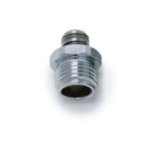
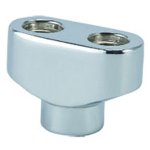
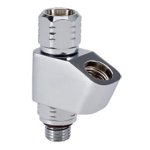

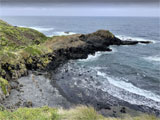
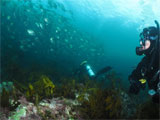
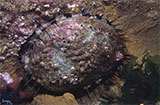
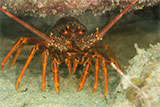
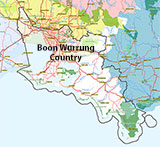






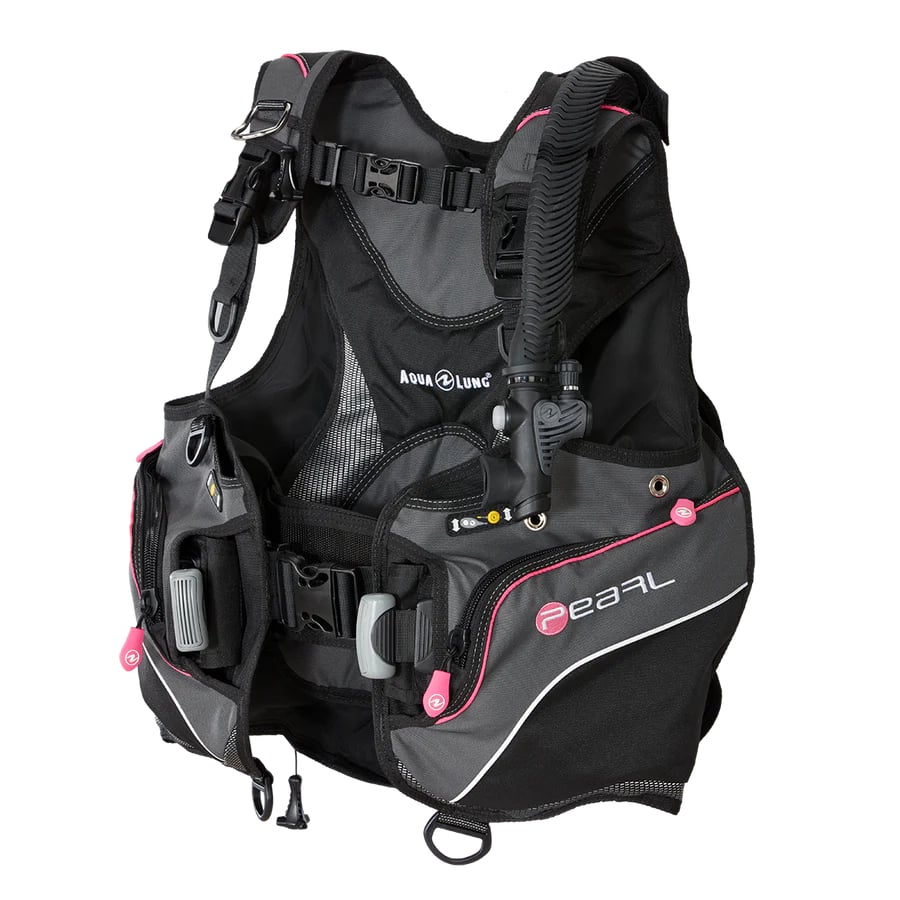
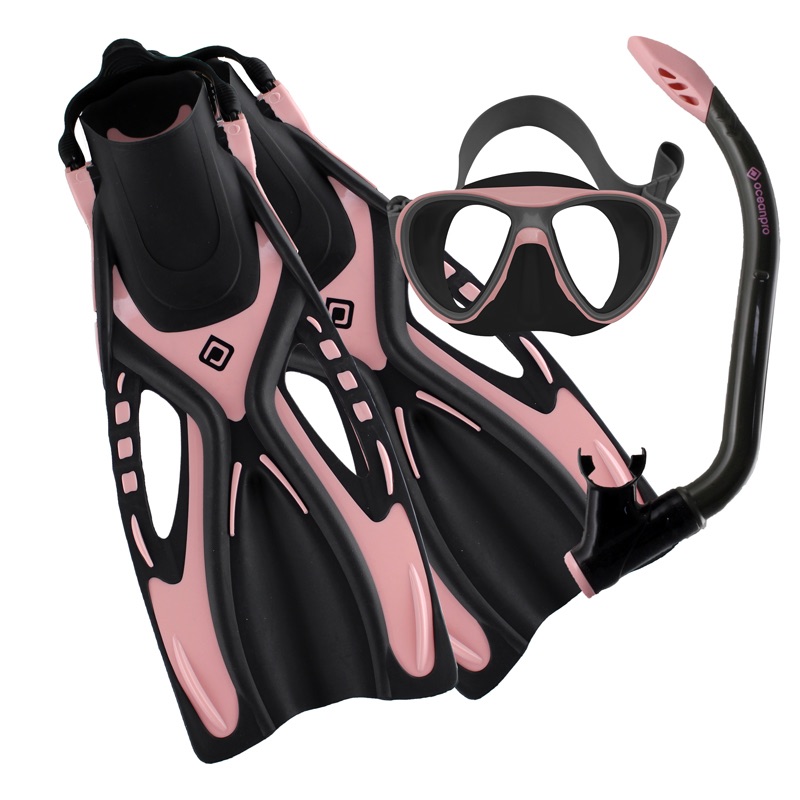
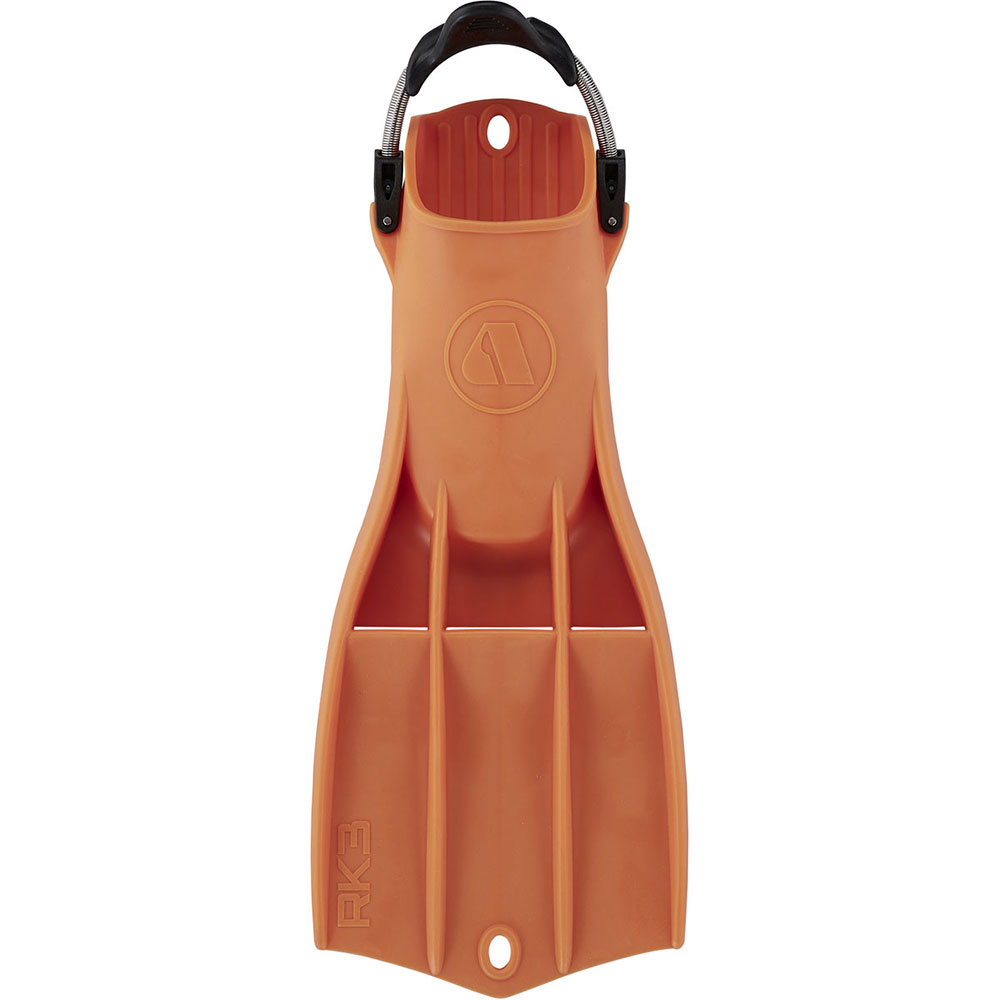

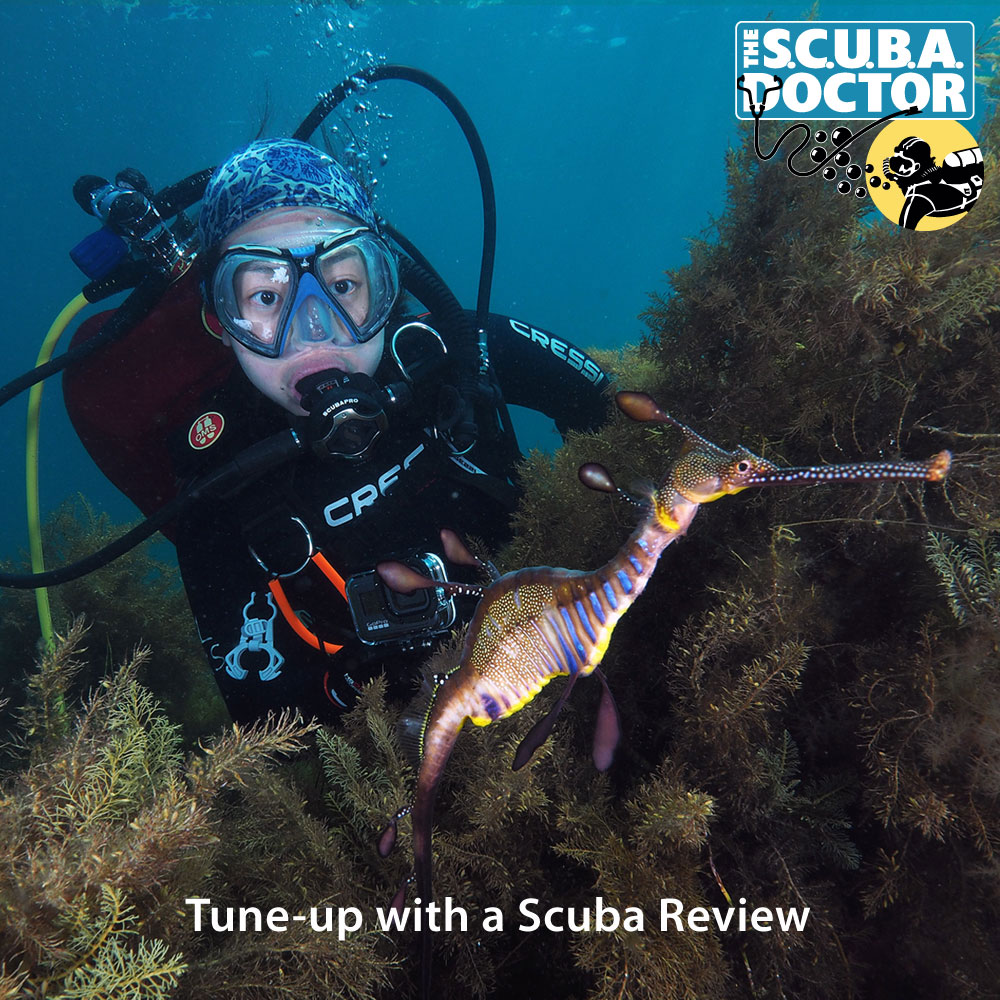
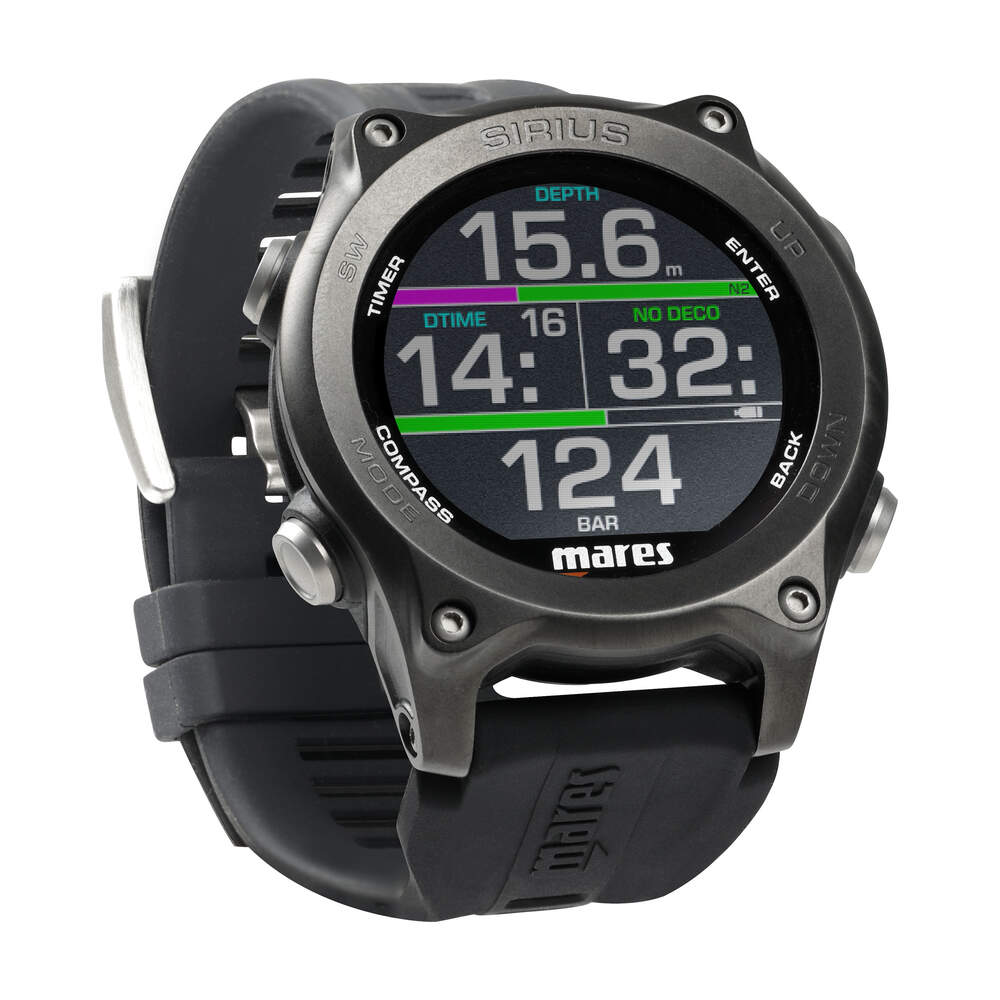
![Halcyon Infinity 30lb System [SS Small Backplate] Halcyon Infinity 30lb System [SS Small Backplate]](/diveshop/images/halcyon/Halcyon-Evolve-Wing.jpg)
